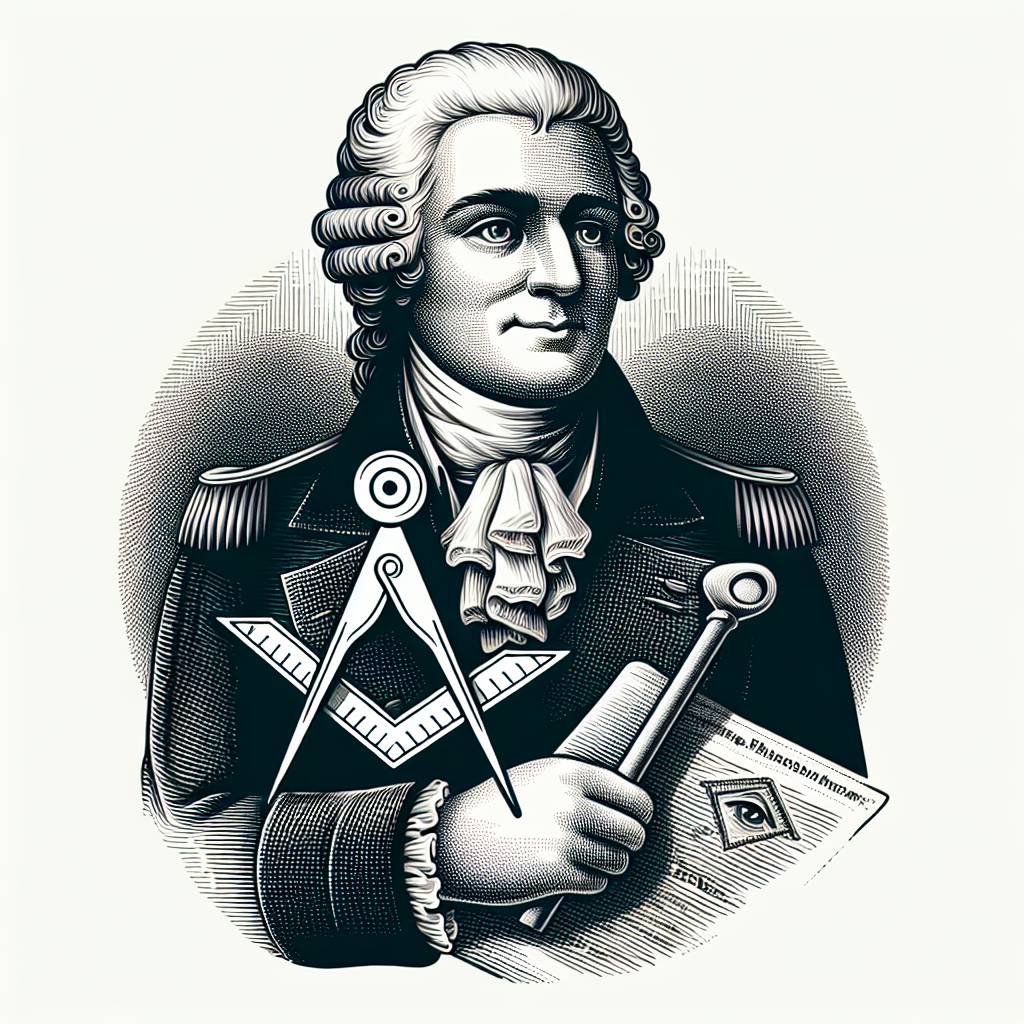George Washington’s association with Freemasonry has long intrigued historians and the public alike. This article delves into Washington’s Masonic journey, from his initiation as a young man to his role as a prominent Masonic figure. We explore how Freemasonry influenced his leadership style, military career, and presidency. By examining historical records and Masonic archives, we uncover the extent of Washington’s involvement in the fraternity and its impact on the founding of America. Join us as we separate fact from fiction and gain a deeper understanding of this fascinating aspect of one of America’s most revered leaders.
George Washington’s connection to Freemasonry is a captivating chapter in American history. As a young man in colonial Virginia, Washington was initiated into the Fredericksburg Lodge in 1752, marking the beginning of his lifelong association with the fraternity. Throughout his military and political career, Masonic principles of brotherhood, moral rectitude, and civic duty heavily influenced his leadership style. Washington’s involvement in Freemasonry extended beyond mere membership; he actively participated in lodge activities and even served as the first Worshipful Master of Alexandria Lodge No. 22. His Masonic affiliations provided him with a network of influential connections and a philosophical framework that shaped his vision for the new nation. This exploration of Washington’s Masonic life offers valuable insights into the man behind the legend and the ideals that helped forge the United States.
George Washington’s Initiation into Freemasonry
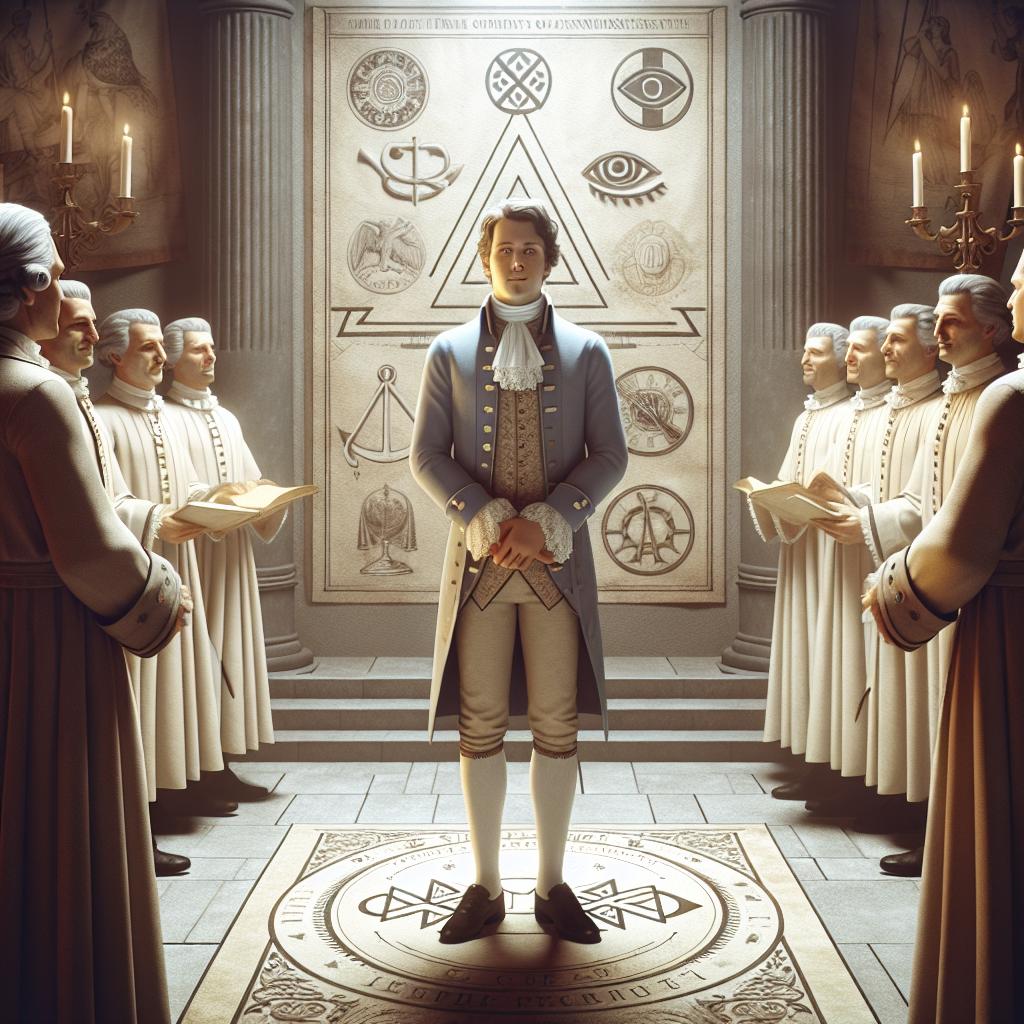
The initiation of George Washington into Freemasonry marks a significant chapter in the life of America’s first president and the history of this ancient fraternal organization. On November 4, 1752, at the tender age of 20, Washington took his first step into the world of Freemasonry when he was initiated as an Entered Apprentice in the Fredericksburg Lodge No. 4 in Virginia. This momentous occasion would set the stage for Washington’s lifelong involvement with the Masonic brotherhood, influencing his leadership style and shaping his worldview in profound ways.
The process of Washington’s initiation was steeped in centuries-old traditions and rituals that have been carefully guarded by Freemasons throughout history. While the exact details of his ceremony remain shrouded in secrecy, it is known that Washington would have undergone a series of symbolic rites designed to impart moral and ethical teachings. These rituals, which have remained largely unchanged since Washington’s time, typically involve the use of allegorical tools of stonemasonry to convey deeper spiritual and philosophical truths.
Washington’s journey through the ranks of Freemasonry continued in the months following his initial initiation. On March 3, 1753, he was passed to the degree of Fellow Craft, and on August 4 of the same year, he was raised to the sublime degree of Master Mason. This rapid progression through the three primary degrees of Masonry speaks to Washington’s dedication to the craft and his quick grasp of its principles. It’s worth noting that the Masonic ideals of brotherly love, relief, and truth aligned closely with Washington’s own values, making his embrace of Freemasonry a natural extension of his character.
The Influence of Masonic Principles on Washington’s Leadership
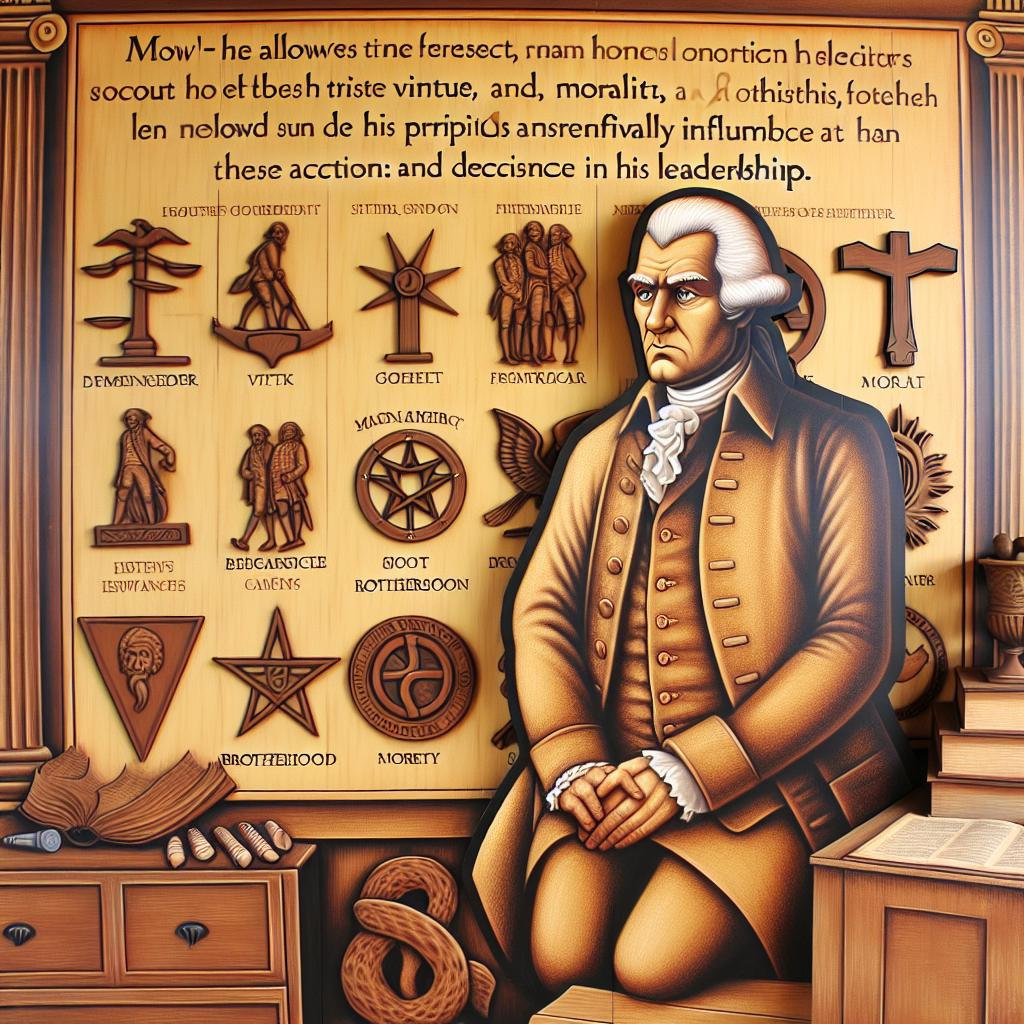
The Masonic principles that George Washington embraced throughout his life had a profound impact on his leadership style and decision-making processes. As a devoted Freemason, Washington incorporated the fundamental tenets of the fraternity into his role as a military commander and later as the first President of the United States. The values of brotherly love, relief, and truth, which are central to Freemasonry, were evident in Washington’s approach to governance and his interactions with both allies and adversaries.
One of the most significant Masonic principles that influenced Washington’s leadership was the concept of equality among brothers. This belief in the inherent worth of all individuals, regardless of their social status or background, was reflected in his treatment of soldiers during the Revolutionary War and his approach to building a new nation. Washington’s commitment to this principle is exemplified in his famous quote:
Masonic Symbols and Rituals in Washington’s Life
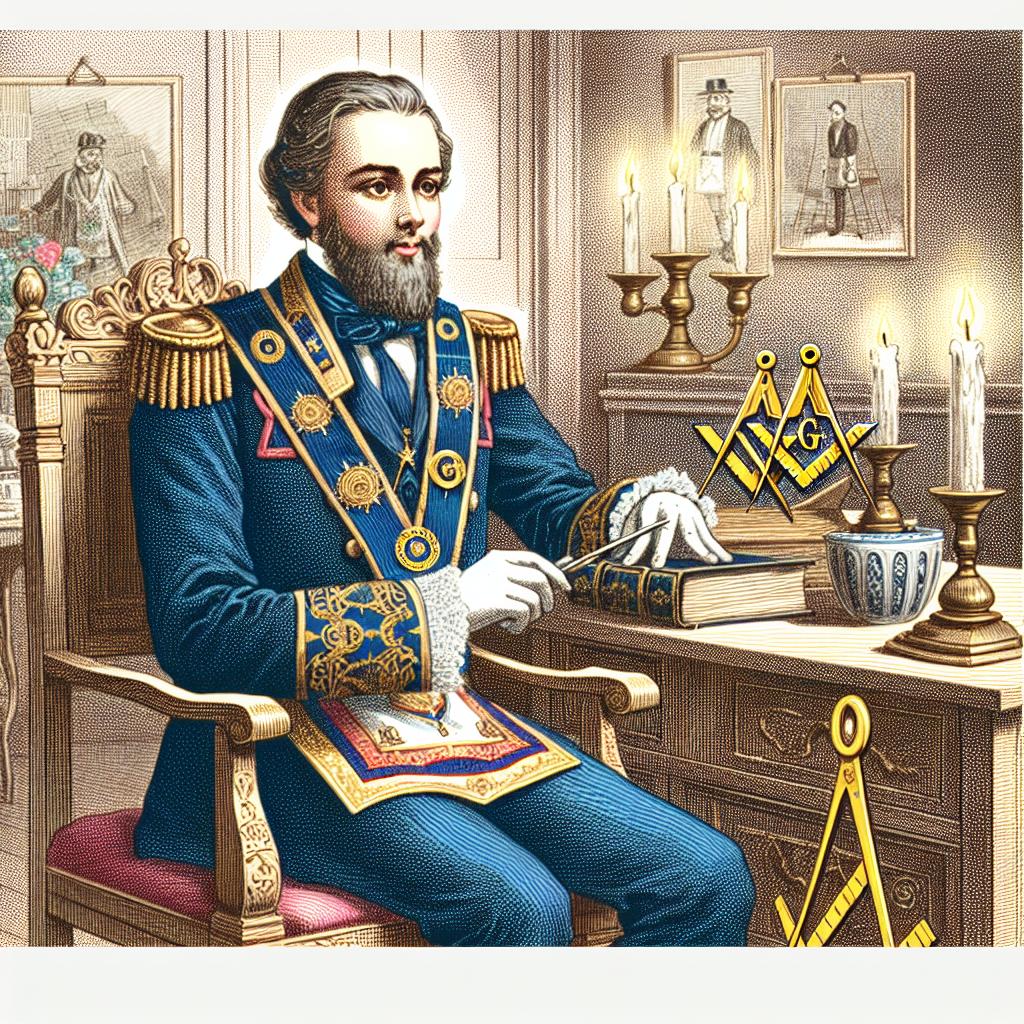
The life of George Washington, the first President of the United States, was deeply intertwined with Masonic symbols and rituals, reflecting his longstanding commitment to the fraternal organization. As a prominent Freemason, Washington incorporated various Masonic elements into his personal and public life, leaving an indelible mark on American history and culture. These symbols and rituals not only shaped Washington’s worldview but also influenced his approach to leadership and governance, making them an integral part of his legacy.
One of the most notable Masonic symbols associated with George Washington is the cornerstone laying ceremony he performed for the United States Capitol in 1793. Dressed in full Masonic regalia, Washington used the traditional Masonic tools of the square, level, and plumb to set the cornerstone, a ritual that symbolized the foundation of a new era in American democracy. This ceremony, steeped in Masonic tradition, exemplified the close relationship between Freemasonry and the early American republic, with Washington at the center of both.
The influence of Masonic symbols extended to Washington’s personal life as well, particularly in the design and decoration of his Mount Vernon estate. The mansion features several architectural elements with Masonic significance, including:
- The cupola atop the house, which bears a striking resemblance to the Master’s chair in a Masonic lodge
- The dove of peace weathervane, a symbol often used in Masonic imagery
- The oval-shaped dining room, reminiscent of the shape of many Masonic lodges
These architectural choices reflect Washington’s deep connection to Masonic principles and his desire to incorporate them into his daily life. Furthermore, George Washington‘s personal belongings often featured Masonic imagery, such as his Masonic apron gifted by the Marquis de Lafayette, which he wore during important ceremonies. This apron, adorned with Masonic symbols like the all-seeing eye and the square and compass, served as a tangible link between Washington’s public persona and his Masonic identity.
Debunking Myths: Washington’s True Involvement in Freemasonry
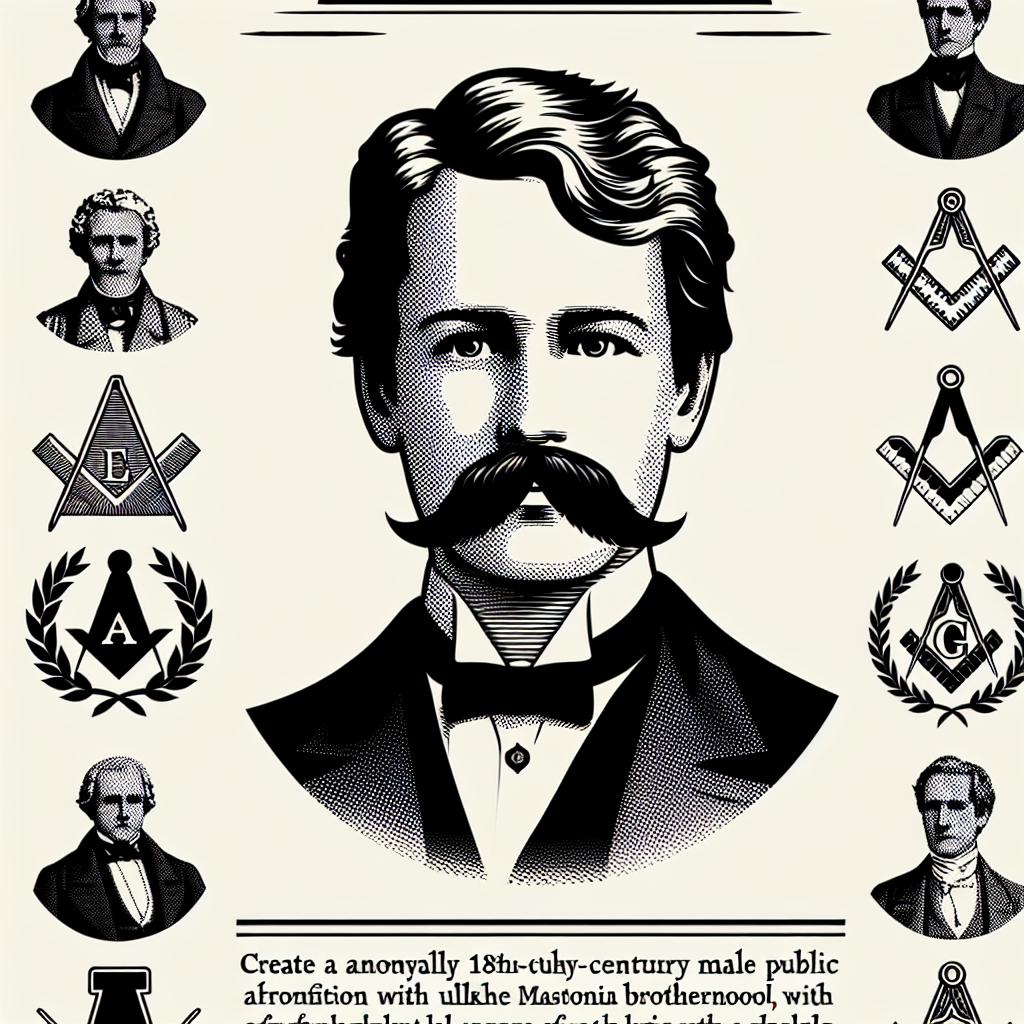
In the realm of American history, few figures have been as mythologized and misunderstood as George Washington, particularly when it comes to his involvement in Freemasonry. While it is undeniable that Washington was indeed a Mason, many myths and misconceptions have arisen over the years, obscuring the true nature of his participation in the fraternal organization. To separate fact from fiction, it is crucial to examine the historical evidence and debunk some of the most prevalent myths surrounding Washington’s Masonic affiliation.
One of the most persistent myths is that George Washington was a high-ranking Mason who held significant power within the organization. In reality, while Washington was a respected member of the fraternity, he never rose beyond the rank of Master Mason, which is the third and highest degree in basic Masonry. This misconception likely stems from Washington’s prominence as a national figure and his well-known association with the fraternity. However, it is essential to understand that Washington’s influence in Freemasonry was more symbolic than administrative.
Another common myth suggests that Washington’s military and political decisions were heavily influenced by his Masonic ties. While Masonic principles of brotherhood and moral uprightness may have resonated with Washington’s personal values, there is no concrete evidence to support the claim that his leadership was directly guided by Masonic doctrine. In fact, Washington was known to maintain a clear separation between his public duties and his private associations, including his involvement in Freemasonry.
Frequently Asked Questions
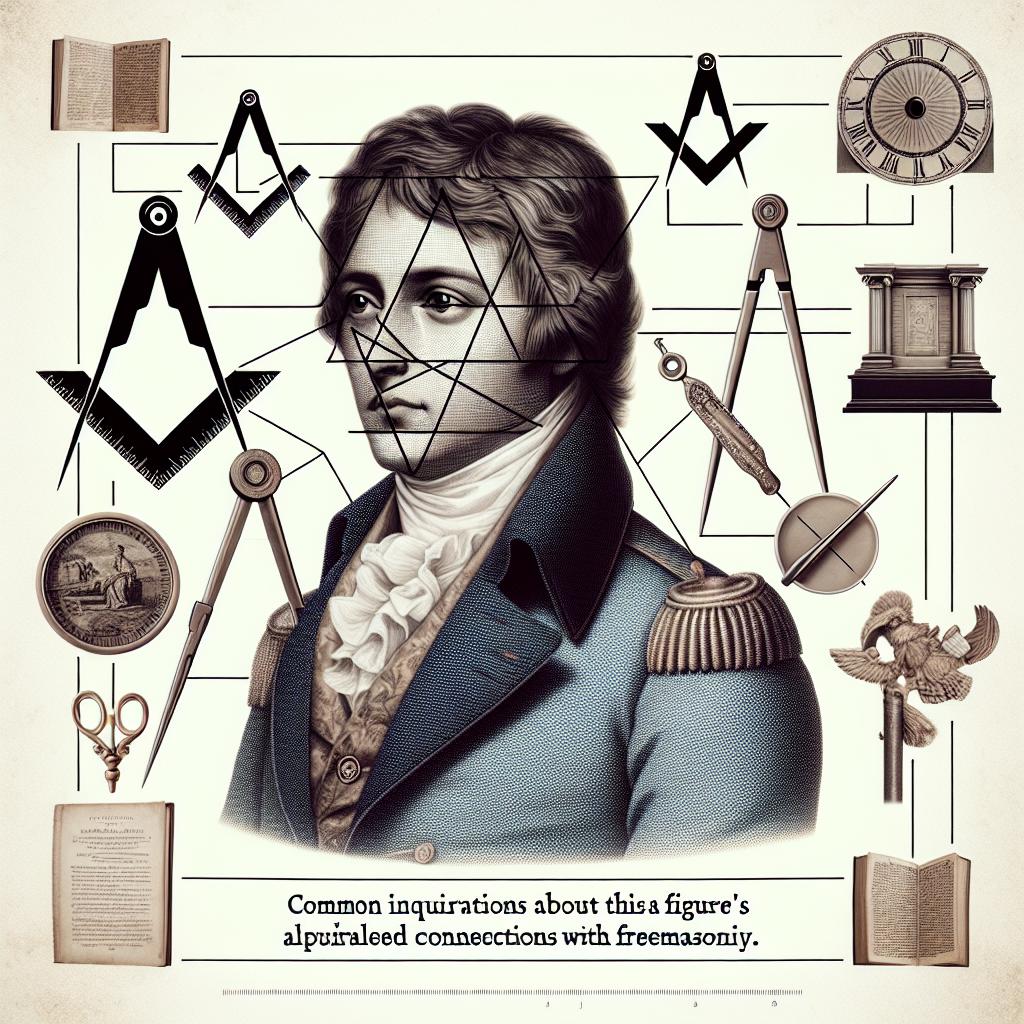
Yes, George Washington was a member of the Freemasons, having been initiated into the Fredericksburg Lodge in Virginia in 1752.Being a Freemason means being part of a fraternal organization that emphasizes moral and ethical development, charitable works, and community service.Freemasonry influenced George Washington by shaping his values of leadership, integrity, and community service, which were reflected in his presidency and actions as a founding father.Yes, George Washington became the Master of his lodge in 1788, and he played a significant role in the organization, including participating in the laying of the cornerstone of the U.S. Capitol.Common symbols associated with Freemasonry include the square and compass, the all-seeing eye, and the letter 'G', which typically represents God or Geometry.Freemasonry is often referred to as a 'secret society'; however, its members typically consider it more of a 'society with secrets', whereby its practices and rituals are private but not necessarily secretive.George Washington's legacy within Freemasonry is significant; he is often celebrated as a pivotal figure who helped legitimize the organization and attract many influential members to it.

